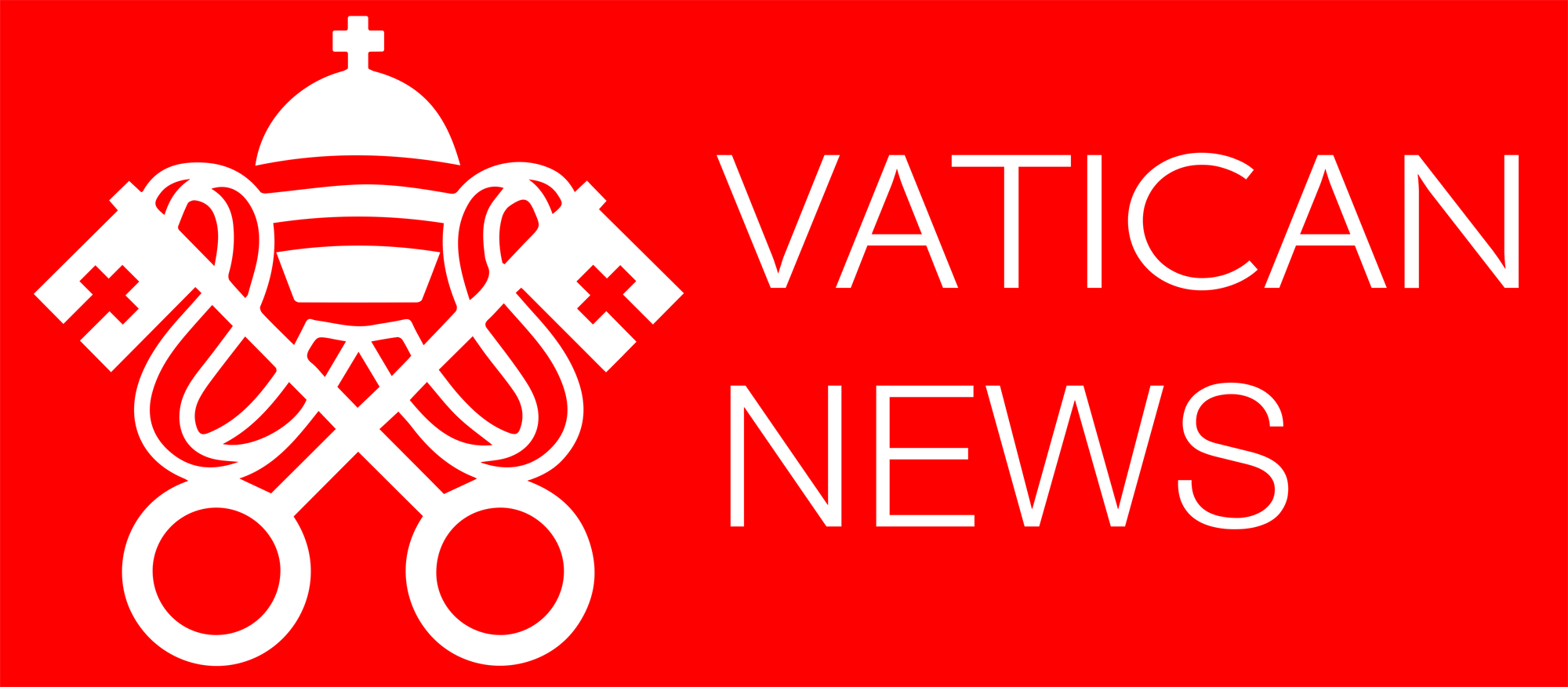President of Society of St Vincent de Paul in Scotland meets Vatican cycling team
“You can’t solve all the problems. But if they know that they can come here and they know they’re going to be listened to, it does make a difference. And people always go away with a smile on their face,” Bernice told Vatican News.
In 1833 Frederic Ozanam and a group of friends from the Sorbonne University were challenged to prove their faith in Christ through action, not just words.
The Society of St. Vincent de Paul was formed when they took up this challenge and began to work with the desperately poor in Paris. Developing a simple system, they went in teams to help the poor in their homes, in the streets, in the hospitals and the asylums. Adopting as their patron Saint Vincent de Paul, a 16th century cleric renowned for his work with the poor, the Society arose from humble beginnings to become an international organisation found in 150 countries with 45,000 conferences and 800,000 volunteers.
The St. Vincent de Paul Society came to Scotland in 1845 only twelve years after the first Conference was founded in Paris. The 1840s in Scotland were years of the Irish immigrants with a crying need for those in better circumstances to help poor, unjustly-treated and often sick people trying to eke out a living in Scotland.
“We’ve had them,” Ms. Brady said, speaking about young volunteers. “It has sent them in a different direction. I always say to them, ‘Go home and appreciate your mum, your dad, or whoever is looking after you. Say thanks for the help you’re getting because a lot of people don’t get that.'”
After every service, the community members share a moment of prayer and spiritual reading. “This is very important,” Ms. Brady affirmed, “because it brings the people together in a spiritual manner. It improves our work.”
Ms. Brady has served with the Society of St. Vincent de Paul for 50 years.
“I joined,” she said, “because my mum said ‘Don’t go.’ Because she was frightened of me coming into town on a Thursday night, and she felt it was going to be unsafe, and I thought, ‘No, I’m going in.'”
She concluded by recalling two moments that defined her experience as a volunteer.
“There was a young man who came here,” Ms. Brady recounted. “He sold newspapers, and for a long time, he was struggling with alcohol. He was possibly in his mid-twenties, and then he disappeared.”
One day, Ms. Brady and her husband recognized the man walking in the streets of Glasgow with a woman and two children beside him.
“The guy saw us. He just smiled over and didn’t say anything; we didn’t say anything to him because his life had moved on,” she said. “This makes it all worthwhile.”
In conclusion, Ms. Brady recalled the time she opened the Society’s door for the first time.
“It wasn’t windy,” she recalled, “but there was a gust of wind and leaves right up here, and I thought, ‘That’s the Holy Spirit.’ We were meant to be here.”
____________________________
SOURCE:

